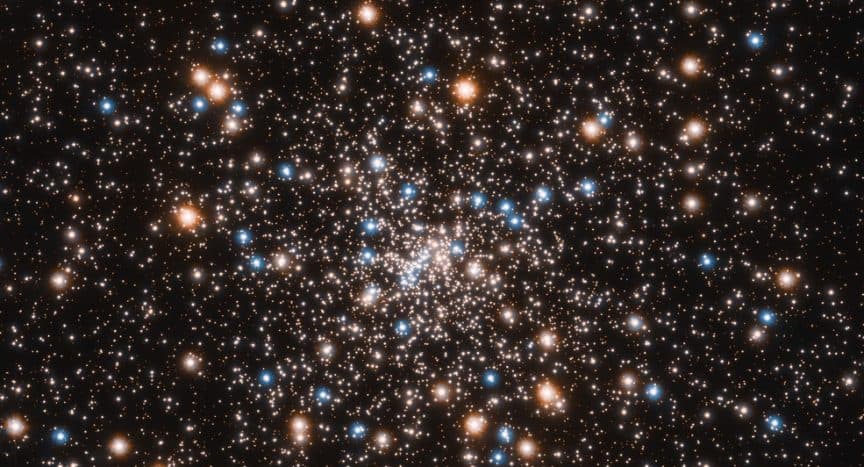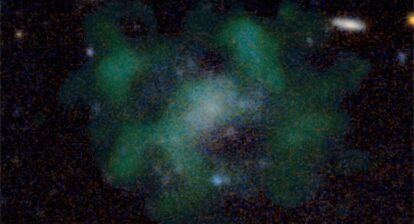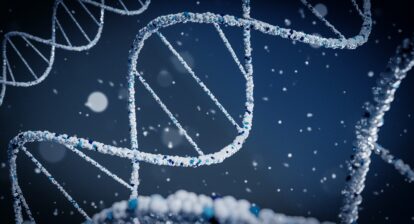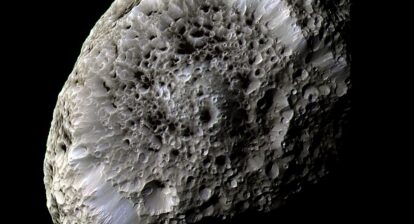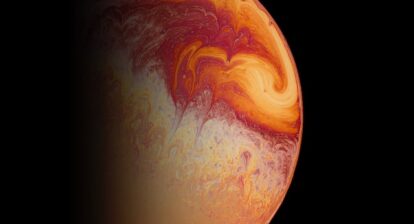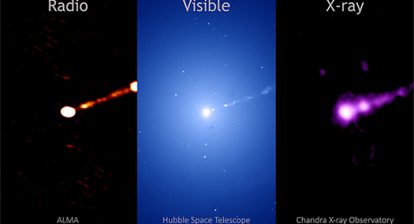The Hubble Space Telescope – a project of international cooperation between NASA and ESA (European Space Agency) – is a gift that keeps on giving. Astronomers were using it to find an intermediate-mass black hole at the centre of globular cluster NGC 6397 but instead they found a concentration of small stellar-mass black holes. Intermediate-mass black holes (IMBH) are the “missing links” of stellar evolution; those between supermassive black holes (that are many millions of times our Sun’s mass and lie at the centre of most galaxies) and stellar-mass black holes (that are a few times our Sun’s mass and form after the collapse of a single massive star). Intermediate-mass black holes (weighing roughly hundreds to tens of thousands of solar masses) have, however, remained elusive. Scientists have been looking for them for a while. Even their existence is hotly debated because so few candidates have been found. Recently, gravitational waves from two colliding black holes (detected in September 2020) indicated that the resulting black hole was 142 times the mass of the sun. This is an intermediate mass range – between stellar mass and super massive black holes – and had not been oberved ever before. Earlier, in March 2020, Hubble had found the strongest evidence for such a mid-sized black hole (about 50,000 times the mass of our Sun), from the X-ray glow of a star that had been torn apart when it ventured too close to the black hole. The mass of the IMBH was estimated based on both X-ray luminosity and the spectral shape.
Globular clusters are extremely dense and typically very old stellar systems that have closely packed stars inside them. Basically, they are spherical groups of stars, tightly bound together by gravity and scientists have debated for years whether IMBH might exist in their cores. Globular cluster NGC 6397 (the focus of this study) is almost as old as the universe itself and is situated a mere 7,800 light-year away. This makes it one of the closest globular clusters to Earth. It is known as a core-collapsed cluster due to its very dense nucleus. It was inside of this that astronomers hoped to find an intermediate-mass black hole but instead found evidence of a concentration of small black holes.
“We found very strong evidence for an invisible mass in the dense core of the globular cluster, but we were surprised to find that this extra mass is not ‘point-like’ (that would be expected for a solitary massive black hole) but extended to a few percent of the size of the cluster,” said Eduardo Vitral of the Paris Institute of Astrophysics (IAP) in Paris, France.
Researchers used velocities of stars in the globular cluster to detect this hidden mass and to calculate how the total mass (i.e mass of the stars, faint stars and black holes) is distributed. The more mass there is in a location, the faster the stars move around it. The results suggested that the stars were not orbiting one intermediate-mass black hole but a tight concentration of stellar-mass black holes, with small black holes dominating the mass.
“Our analysis indicated that the orbits of the stars are close to random throughout the globular cluster, rather than systematically circular or very elongated,” explained Mamon. These moderate-elongation orbital shapes constrain what the inner mass must be. Given the mass, extent and location, scientists concluded that the invisible mass can only be made of the remains of collapsed massive stars (white dwarfs, neutron stars, and black holes). When a star dies, the remnants progressively sink to the centre of the cluster, after interacting with nearby less massive stars – a process known as dynamic friction, where through “an exchange of momentum, heavier stars are segregated in the cluster’s core and lower-mass stars migrate to the cluster’s periphery”.
“We used the theory of stellar evolution to conclude that most of the extra mass we found was in the form of black holes,” said Gary Mamon, also of IAP. Two other recent studies had also proposed that stellar remnants, in particular, stellar-mass black holes, could populate the inner regions of globular clusters. “Ours is the first study to provide both the mass and the extent of what appears to be a collection of mostly black holes in the center of a core-collapsed globular cluster,” added Vitral.
This is the first time a collection of stellar-mass black holes has been found in the core of a dense globular cluster like NGC 6397.
Several years of Hubble observations provided estimations of stars’ tiny apparent motion, which helped to determine their true velocities within the cluster. Then the Hubble data were added to well-calibrated proper motion measurements provided by the European Space Agency’s Gaia space observatory.
The mergers of these tightly packed black holes inside globular clusters could result in gravitational waves that could be detected by the Laser Interferometer Gravitational-Wave Observatory (LIGO) experiment.
Check out this animation of the images taken for the observation.
Image Credit: NASA, ESA, T. Brown, S. Casertano, and J. Anderson (STScI)
Science Credit: NASA, ESA, and E. Vitral and G. Mamon (Institut d’Astrophysique de Paris (IAP))
